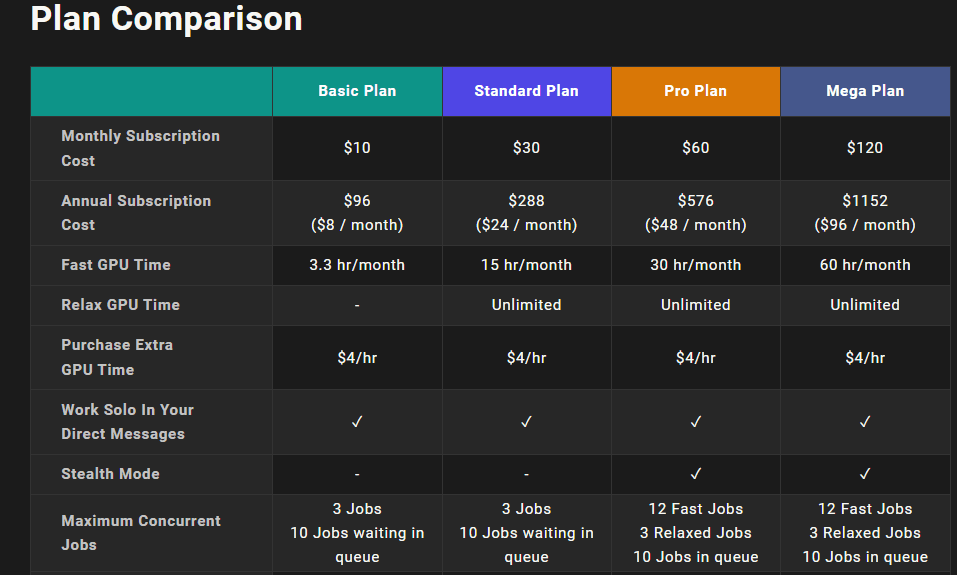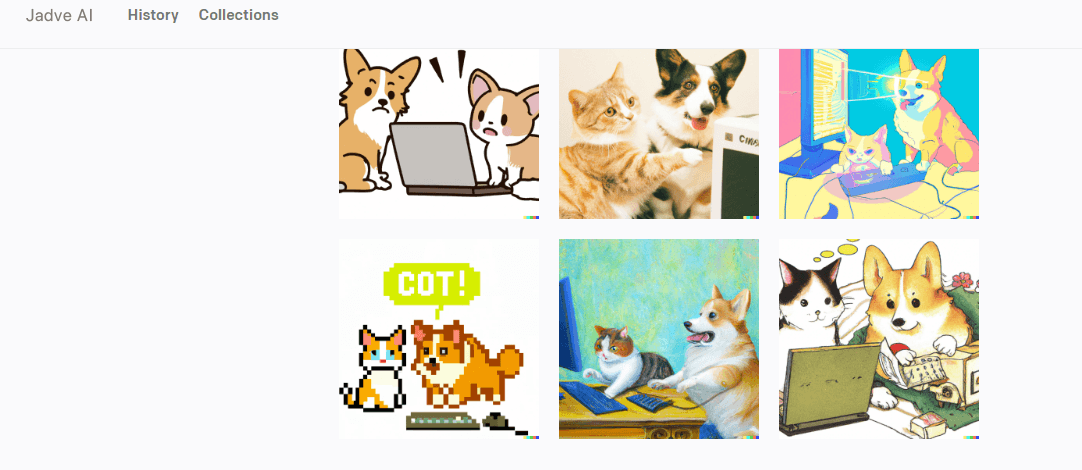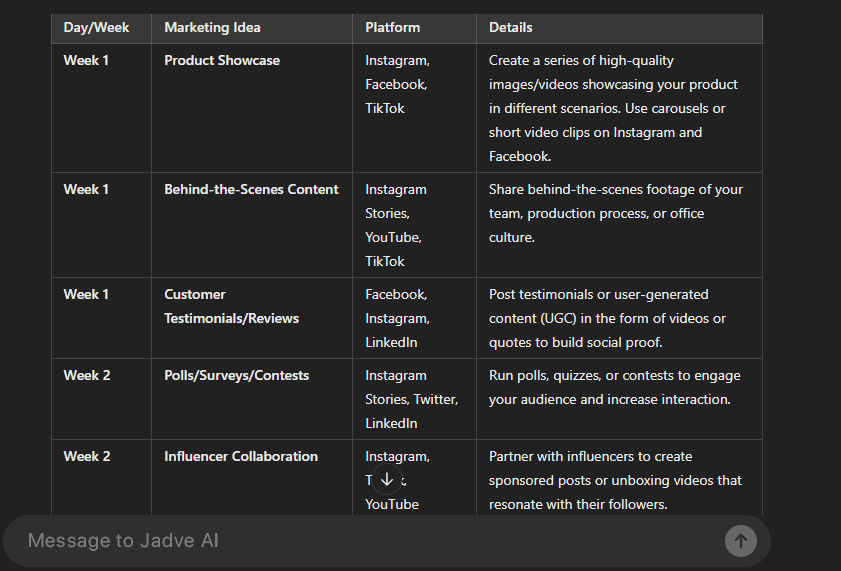
Effective Prompts: How to Correctly Compose Queries for Working with a Neural Network
1Artificial intelligence is transforming various sectors and changing how we work. Today, mastering how to communicate with AI tools has become an important skill. These tools make work easier, whether you want to generate new ideas, find solutions, or gather information. However, the results you get depend heavily on how you craft your prompts. Many people struggle with creating effective prompts, so how can you compose queries correctly when working with a neural network?
To craft effective prompts, you need to understand the art of creating a query, not just about writing one. Your prompts must be clear, concise, accurate, specific, and thoughtful. A well-composed prompt makes it easier for the neural network to understand the context and generate relevant results. This article will guide you on how to create effective prompt queries for neural networks, offering useful tips and examples to help you get better results and optimize your interaction with AI.
Let’s dive in!
What is a Neural Network and Prompt?
A neural network is a machine learning (ML) model designed to function like the human brain. These networks consist of complex layers of artificial neurons or interconnected nodes that work together to handle complicated problems and provide solutions. The nodes share data, much like how neurons work in the human brain.
Neural networks are primarily used in deep learning, a machine learning technique that allows models to act independently without human intervention. When a neural network is trained on sufficient data, it can generate images, identify objects in photos, or generate text.
A prompt is a set of instructions given to a neural network to generate content, translate, solve problems, or provide solutions. In simple terms, a prompt tells the neural network what to do. Prompts can be short, descriptive, or detailed, depending on the task you want the AI to perform.
How to Use Neural Networks for Generating Images
Neural networks are highly effective for basic tasks like generating images for posters, stories, illustrations, or posts. For example, neural networks like ChatGPT can help generate ideas and content, while others focus on visual tasks. These tools are particularly useful for creative work, offering inspiration and editing assistance.
For generating images, neural networks typically require a prompt query. The process generally involves three key components:
- Style setting
- Description
- Image resolution
Here are some of the popular neural networks you can use for creating images and content:
1. ChatGPT
A widely used neural network, ChatGPT functions as a chat platform where you can interact with AI to generate text-based content. It can store conversations for future reference.
2. Stable Diffusion
Available both online and for local use, Stable Diffusion offers a free package, but it requires in-depth prompts to provide relevant results.
3. Bing
Bing is a search engine assistant powered by a neural network. Although it doesn't store conversations, it can provide answers and generate content by pulling from the web.
4. MidJourney
MidJourney is one of the best tools for generating high-quality images, but it requires a paid subscription. It is only available on Discord.

5. DALL-E
DALL-E is another neural network for generating images, available within Microsoft's Bing search engine. It performs well for most image types, though it struggles with human figures and faces.

6. Kandinsky 2.1
Developed by Sber, Kandinsky 2.1 is a neural network for generating images, but it tends to produce lower-quality results compared to MidJourney. It's free and accessible to all users.
7. Shedevroom
Available as a mobile app from Yandex, Shedevroom excels at generating and drawing images, even from simple requests.
These are just a few of the many neural networks available in the market today. It's important to select the one that best meets your needs and budget.
How to Correctly Compose Effective Queries for Neural Networks
To get accurate and relevant results from a neural network, you need to focus on crafting the perfect prompt query. Here are some key tips to help you master the art of writing effective prompts:
1. Start with a Task
When writing a prompt, begin with an action verb to describe the task you want the AI to perform. You should also define the end goal clearly.
Prompt Example:
"I’d like to generate one-month content marketing ideas for social media platforms like Instagram, Facebook, Threads, and TikTok to promote my new sneaker business."

2. Define the Topic
Be sure to specify what you want the neural network to do, and include details about the target audience. If you’re working on a new business, indicate that so you can receive beginner-friendly results.
Prompt Example:
"Write a 1000-word article on 'How to increase customer lifetime value' for my blog that promotes chatbots."

3. Use Keywords
Incorporate keywords in your prompts to help the AI understand the context better and provide more accurate results.
Prompt Example:
"Can you help me create a digital marketing strategy for my new product, which will launch this month? Focus more on SEO and social media."
4. Include Examples
Including examples helps the neural network understand your expectations and deliver better results, especially when you need specific outputs like scripts, photo descriptions, or short posts.
Prompt Example:
"What are some of the best ways to increase leads for my ecommerce store? I need new leads from social media platforms, email marketing, and blogs. For example, include keywords from tools like AHREFS and SEMrush that can help create content that will rank on search engines."
5. Provide Context
Be sure to provide enough context in your prompt. This includes explaining the situation, the goal, and the task. Providing detailed context will lead to more accurate and high-quality responses.
6. Specify the Role
Sometimes, you need to instruct the AI to take on a particular role. Think about who you would ask if you had a problem, then have the AI assume that role.

Prompt Example:
"Act as an experienced content strategist and help me create effective content ideas for introducing my new product line. Market the launch date, benefits, and 30% off during the launch."
7. Consider the Tone
Think about the tone you want to use when crafting your prompts. You can request the AI to adopt specific voice tones to suit your audience or content.

Prompt Example:
"I want to start a business selling sneakers. My target audience consists of men and women between the ages of 25 and 50. Can you help me select a tone that suits them?"
8. Define the Format
Clarify the format you want the results in—whether it’s tables, lists, images, or blocks of code.

Prompt Example:
"I want you to create a table of social media marketing ideas for one month, along with the perfect social media platform for each idea."
9. State Your Purpose
Clearly state what you want to achieve with the result. If you're unsure, provide a more detailed explanation of your goal.
Prompt Example:
"Write a blog post on how to boost leads for an ecommerce business. Provide strategies and tips for increasing conversions."
10. Specify the Number
If you need a specific number of results, like images or ideas, be sure to include that in your prompt.
Prompt Example:
"Generate three different images of the evolution of Air Jordan sneakers."
11. Experiment and Refine
Don’t just rely on a single prompt—try different variations and experiment. Doing A/B tests with prompts is a great way to find the one that works best for your needs.
Examples of Effective Prompts for Neural Networks
Here are some examples of effective prompts that will help you get more precise and relevant results:
| Type of Prompt | Examples |
|---|---|
| Creative Prompts | - Act as an experienced scriptwriter and create a YouTube script for a short video on the benefits of using AI for marketing. <br> - Generate an African tale about a beautiful girl who falls in love with an ogre. Start with a catchy and suspenseful introduction. <br> - Write a poem about nature. |
| Informative Prompts | - Create a step-by-step guide on integrating a chatbot with my ecommerce store. <br> - Write a simple guide on how to take care of a dog as a pet. <br> - I am trying to increase my leads and sales through social media marketing. Can you share tips that can help me out? |
| Detailed Prompts | - Write an ebook on how to learn digital marketing as a beginner. Share tips, hacks, and guides on how to master them within one month. |
Limitations of Using Neural Networks
While neural networks offer many benefits, they also come with some limitations:
-
AI Has Flaws
Neural networks are not always accurate. It’s essential to double-check the results, especially for statistics and facts. -
Slow Development
Some complex tasks may require a more detailed prompt, especially if it’s a new request the AI hasn't encountered before. -
"Black Box" Nature
Neural networks are often considered a “black box”—you don’t always know how or why they provide a particular result. -
Need for Detailed Information
Neural networks require more data than traditional algorithms. Providing detailed information improves performance, but the complexity increases.
Tips to Work with Neural Networks More Easily
- Use English: English is often the most reliable language for neural networks, ensuring they understand your context better.
- Avoid Slang or Abbreviations: These make it difficult for the AI to understand your prompt properly.
- Use Telegram Bots: Some foreign neural networks may not be available in certain regions, but chatbots like those on Telegram work well.
Final Thoughts
In conclusion, prompts play a crucial role in generating relevant results from neural networks and making your work easier. However, it’s essential to supplement AI results with your critical thinking. Always evaluate the response, adjust the prompt, and experiment with different formats. Mastering the art of crafting prompts, including the use of keywords, examples, tone, and context, will help you generate more relevant and accurate results.